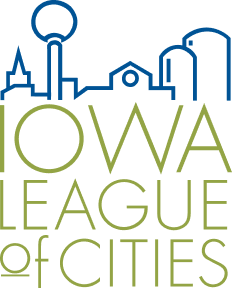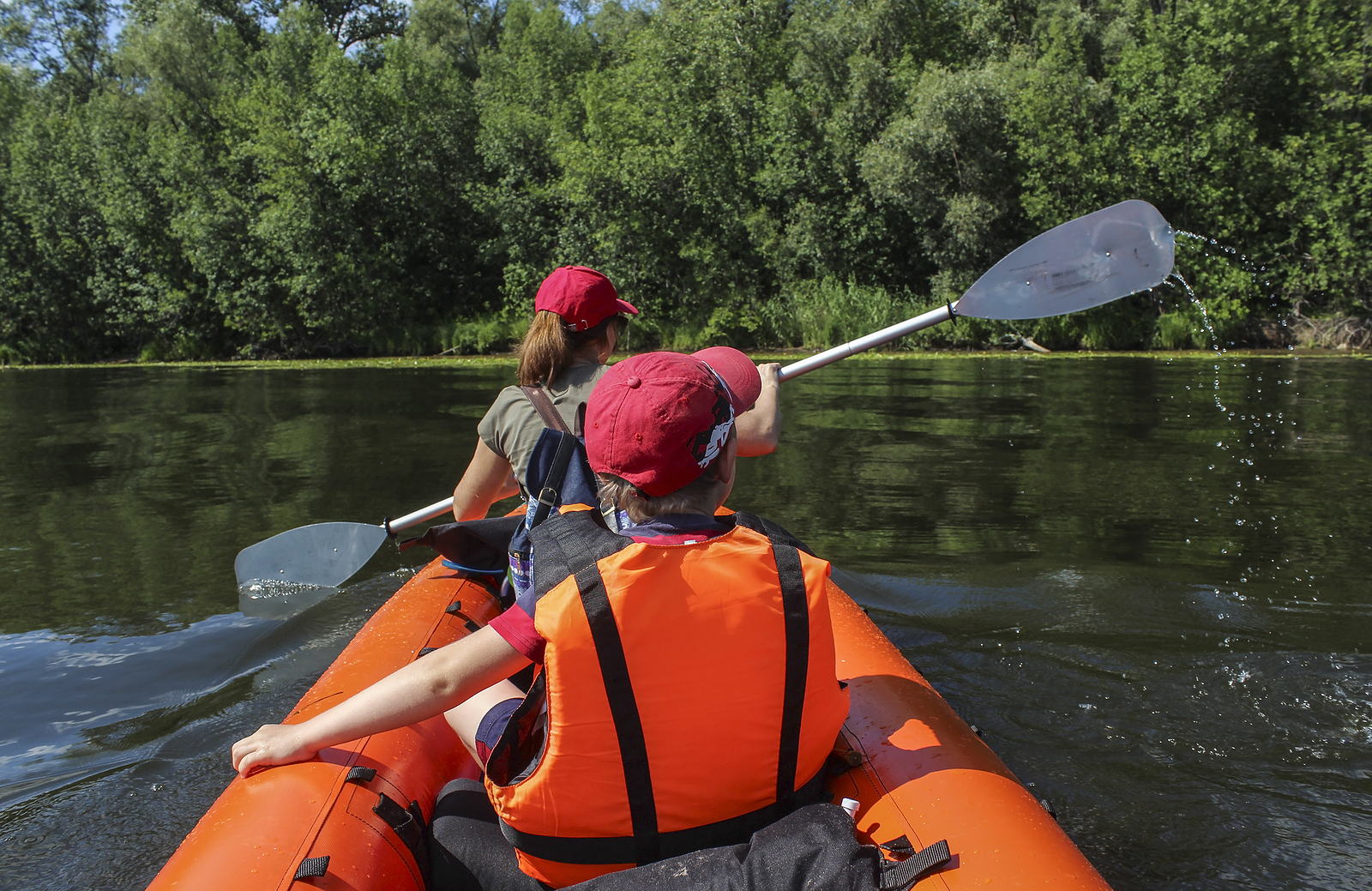| Relevant Downloads and Links | |
|---|---|
| Iowa DOT Bike Trails Map | LINK |
Cities in Iowa can boast about the many trail systems available to citizens. These trails help improve a community’s quality of life by offering citizens recreational opportunities and a chance to explore the area they live. Many cities in Iowa have developed and expanded trail systems to meet the needs of their citizens. The expansion of these systems has also occurred on a regional basis as several cities in different areas of the state have joined together to connect their communities. The state has also developed several state trail systems while offering assistance and funding to local communities.
Trail Development
A key first step to developing a trail system that fits the needs of a community is to plan properly. This will include identifying the location and route of the trails, what the intended use of the trails will be, where any trailheads and restrooms will be placed, and designing it to ensure safety and accessibility to all users. Trails can be designed and built in different ways depending on the intended use, and city officials should carefully review their plans before building any trails.
Selecting a location for a trail can be more difficult than simply putting it by a scenic area around town. City officials need to be careful to avoid having a negative impact on the environment and disturbing wildlife habitats. If a trail is to run through a floodway, a city will need to plan for regular maintenance as flood events could impact the surface. For trails that are located in an urban environment, city officials must consider traffic issues and ensure users have safe routes and that proper signage is placed for trail users and motorists on adjacent streets. In all cases, work with abutting property owners, as their property will be affected by the addition of a trail. Landowners may desire trail crossings, privacy fencing or access points among other things, and including them in the planning process will help resolve any issues.
Another important element in trail development is determining the intended use of the trail. This will impact what kind of surface is needed, the allowable grades and slopes, required maintenance, water drainage and trail alignment. Most trails are designed for pedestrian and bicycling use, which requires the design to be accessible to a wide variety of users. These trails need to have access points that fit Americans with Disabilities Act (ADA) requirements and be able to accommodate a variety of people with a broad range of abilities, skill levels and desired experiences. The surface is often paved and should be smooth and free of debris, when possible. Other trail types could be designed for more specific uses, such as hiking or snowmobiling, which would entail different requirements.
Sometimes overlooked, trailheads and rest stops are an important part of any trail system. These facilities can include restrooms, rest areas, scenic views, trail maps, picnic facilities and other recreational amenities. While many trails have multiple access points, trailheads often serve as a main entrance or exit point and are designed to accommodate a high volume of users. As such, it takes careful planning to assess where a proper location exists and what facilities and amenities should be included. At minimum, these facilities should meet ADA requirements and be accessible to all users while offering parking spots and trail maps.
Water Trails
A newer type of trail that is growing in popularity across Iowa, water trails offer users a chance to explore nature in a different way. These trail systems feature launch points for users to begin their journey as well as signage, a statewide system of numbering river miles and related access for navigable streams, and common mapping symbology, all of which enhance the experience of using Iowa’s waterways. The trail systems available offer something for beginners (shorter, more predictable trails) or advanced riders (trails might include hazards such as logjams or rapids).
Resource Enhancement and Protection Program
The Resource Enhancement and Protection (REAP) program, offered through the Iowa Department of Natural Resources, invests in the enhancement of Iowans’ quality of life. Iowa is blessed with a diverse array of natural and cultural resources, and REAP is providing money to develop those resources for local benefits such as recreational opportunities, enhanced amenities and tourism attractions while protecting those resources. REAP projects are awarded through state agency budgets or in the form of grants for city, county and state parks. Typically those projects are for water quality habitat improvements, planting roadside prairies, historical development and conservation education.
In its more than 25 years, REAP has benefited every county in Iowa by supporting over 14,000 projects. REAP has funded these projects with nearly $300 million in state investments, leveraging two to three times the amount in private, local and federal dollars. The funds are given through competitive grants divided into categories of small (under 2,000 population), medium (2,000-25,000) and large (over 25,000) cities. The types of projects typically funded through the competitive grant process are park expansion and multi-use recreational development, including trails. Since REAP is focused on nature-based activities, organized sports facilities, swimming pools and playgrounds do not qualify for REAP grant programs. The most successful grants are those that embody the goals of the REAP program. City grants are due August 15 of each year.






